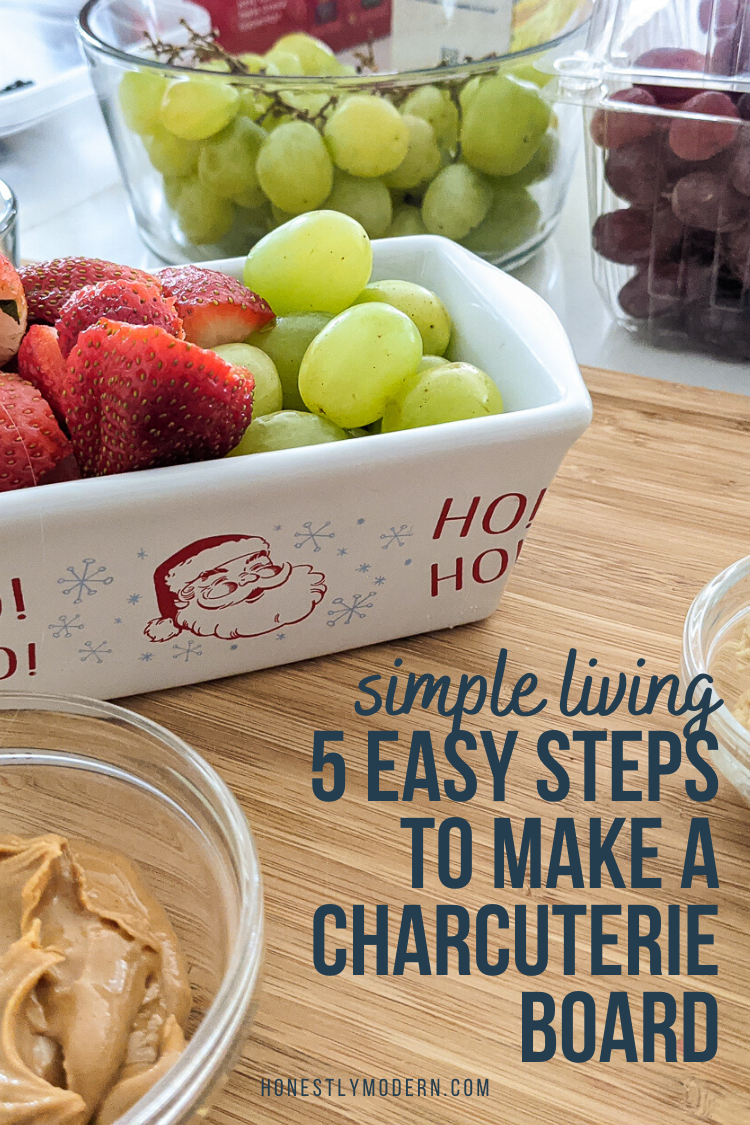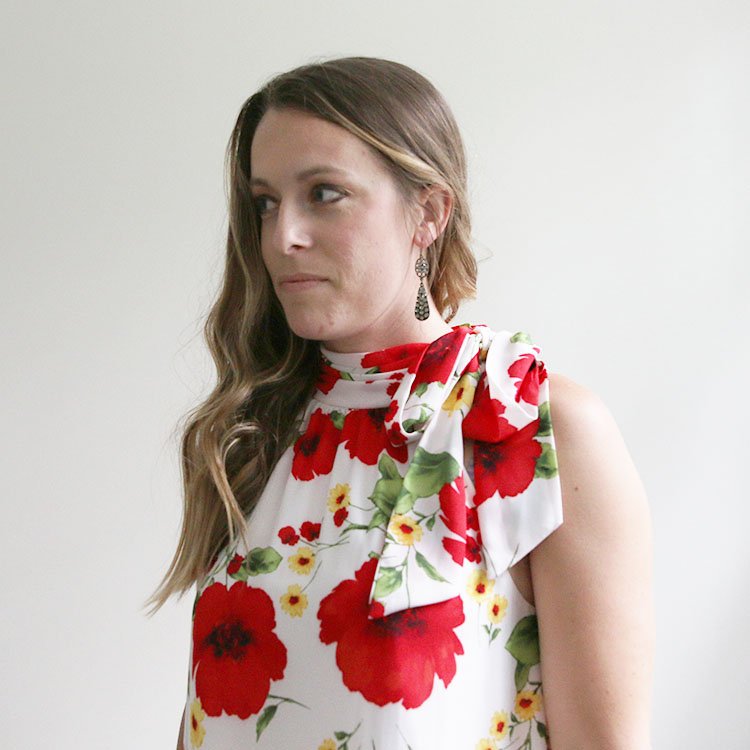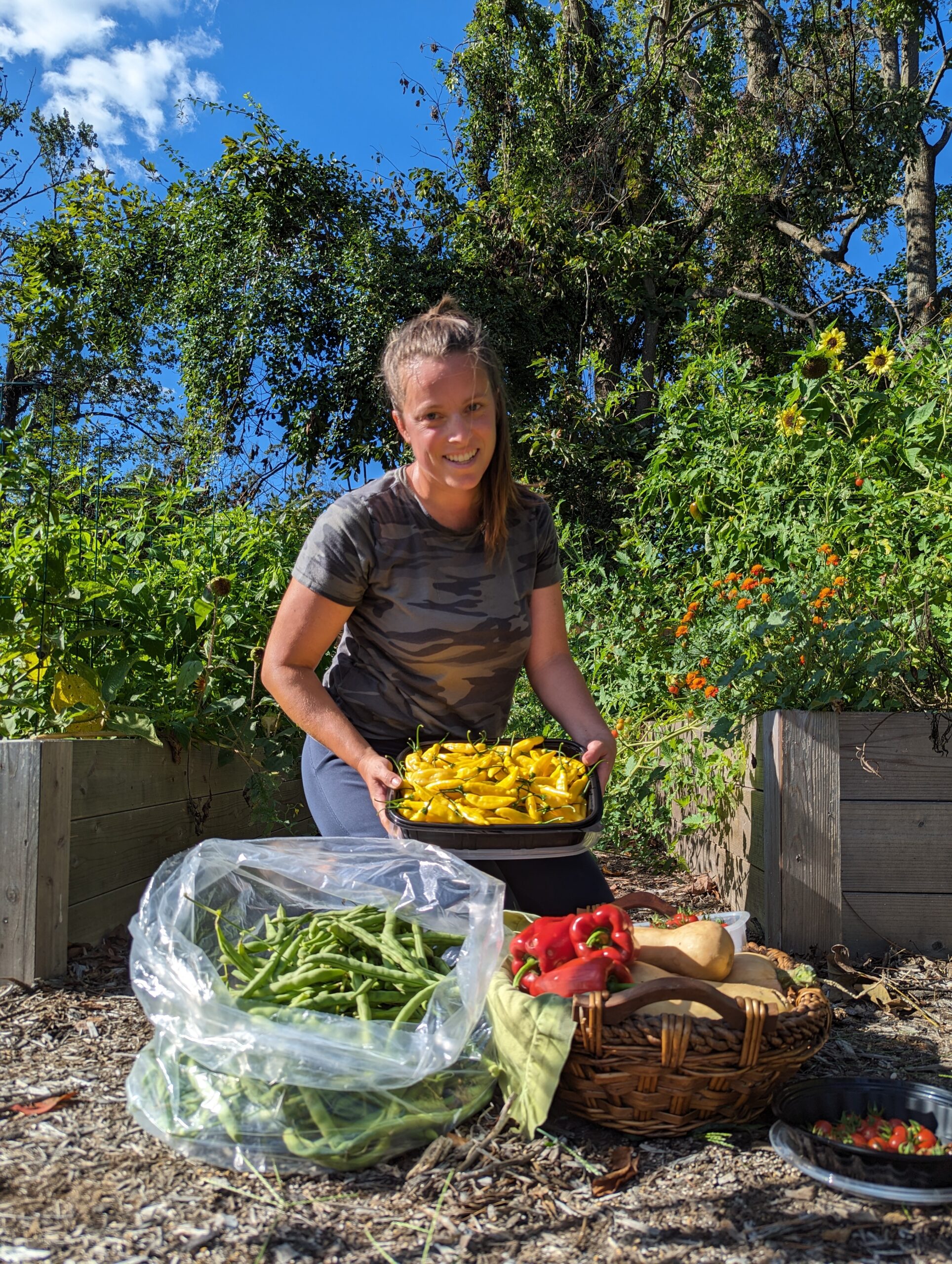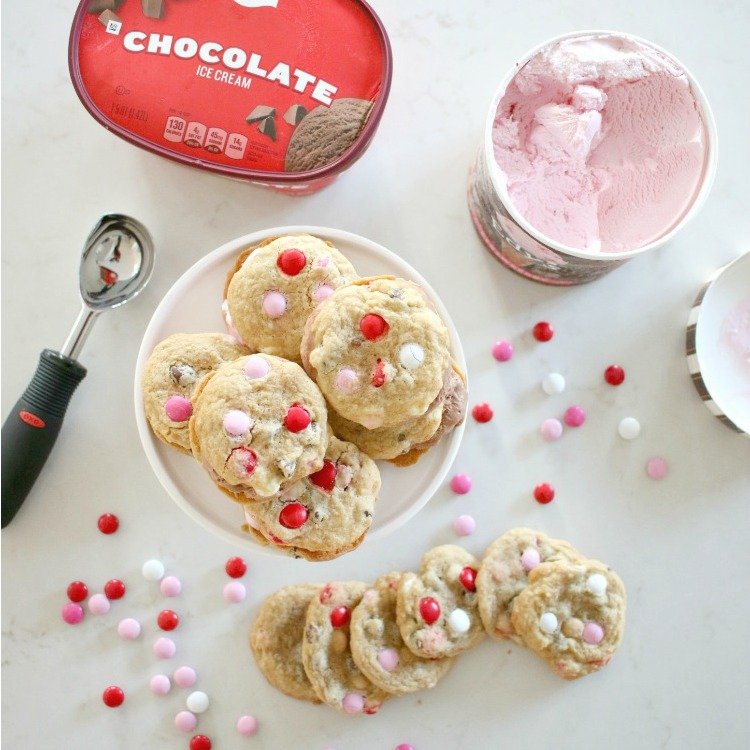6 Easy Tips To Make A Charcuterie Board
Have you made a charcuterie board dinner or a leftover charcuterie board lunch? Charcuterie board meals are a great way to use up leftovers and prevent food waste. Check out these 6 easy steps to make a charcuterie board for a quick and healthy meal that also reduces food waste!

A few months ago, I threw a bunch of random items from our fridge onto a cutting baord and made the executive decision to call it a “charcuterie board” lunch for my boys.
I know it’s not exactly original to serve a variety of leftovers for a meal, and charcuterie boards are all the rage right now. But I was pleasantly surprised by how much everyone in my family loved eating leftovers when they looked just a little bit fancy.
Who knew the presentation could make such a difference for the eating experience? (Ok… every professional chef knows that… I know). Anyway…
After my epiphany, we started eating leftover charcuterie boards for dinner once every couple of weeks. They help the boys eat a greater variety of fruits and vegetables. I think the boys also like the autonomy of being able to choose what they have for dinner from the wide variety of items on the board.
Charcuterie boards also are a great way to use up all the little odds and ends in the fridge that might not otherwise have a home in a normal meal. The fancy food waste defenders put mundane food on a pretty pedestal and make mealtime magic.

6 Easy Tips To Make A Charcuterie Board
Before getting into the details about how to make these deceivingly fancy food plates, let’s clarify a few things about charcuterie. First, it’s tough to pronounce. It sounds like “shar-koo-ter-ee”.
Once you’ve nailed the pronunciation, try spelling it. Even spellcheck doesn’t like it when it’s spelled correctly! Now that we’ve got that out of the way, on to the juicy tips to make your leftover charcuterie board the centerpiece of your low waste family dinner!

Experiment With Different Serving Platters
There are lots of dishes that can work perfectly well as the base for your charcuterie board. We used a simple wooden cutting board for our charcuterie board, but you can really use whatever you have available.
Baking trays, cast iron skillets, pizza stones, or even dinner plates will work great to pull together a quick and easy charcuterie board. Don’t let stress about a serving dish ruin a fun meal!
Include a Large Variety of Items
Incorporate lots of different items on your charcuterie board. Your charcuterie board doesn’t need to be gigantic if you’re only feeding a few people. That may just result in more food waste and excessive portions.
But try to mix up the items on the board. It’s totally ok to serve a tiny portion of lots of different things. It not only looks better, but it also encourages variety, and variety is the spice of life, right?

Layout Larger Items On Your Charcuterie Board First
When you set out to arrange the board, start by placing the large items on the board first with plenty of space between them. Once you’ve established some space for those items, fill in the gaps with smaller items.
Finish arranging the charcuterie board with little things that will fit into all the gaps and open spots on that board. Filling all the spaces on the board helps make the arrangement look prettier and more complete (so long as you’re not wasting food just for decoration, of course).

Arrange Different Colors Next To Each Other
Try to place different colored items adjacent to each other. It looks really great to have a variety of colors spread across the board. Some people go for a rainbow look, in which case it would make sense to have similar colors together, but that’s probably only best when you’re pretty intentional about a rainbow order for placement.
Use Multiple Groups Of The Same Items Around The Board
Even if you only have a few different types of food, try laying them out in multiple small groups instead of one large group. Breaking up a larger group of one type of food into multiple piles will help make the charcuterie board look more full (without wasting food, of course) and provide more pops of color around the board.

Include A Variety Of Textures On The Charcuterie Board
As you prepare the charcuterie board, consider the textures of the foods you plan to serve. Mix softer items and harder items. Include some creamy options with crunchier alternatives.
Different textures not only create interest on the board for those enjoying the platter but also give picky eaters more options to find something they like. (I may or may not be very familiar with picky eaters…)
As of late, charcuterie boards have been gaining in popularity. Not only are they fun and give a little creative boost to meal planning and hosting, but they’re one of my favorite ways to prevent food waste.
Have you ever tried making a charcuterie board for lunch of dinner (or even as an appetizer when friends visit)? What are your tips or favorite items to include on the charcuterie board that are always a hit?











